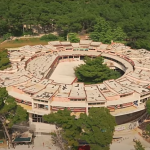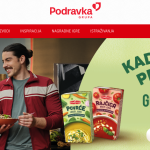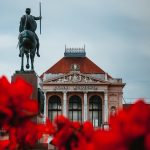ZAGREB, December 18, 2018 – The Croatian National Bank (HNB) forecasts Croatia’s economic growth in 2018 and in 2019 at the rate of 2.7%, the central bank’s governor, Boris Vujčić, said at a news briefing in Zagreb on Tuesday.
We expect the growth to be at the same rate as this year, 2.7%, however, downward risks are prevailing, the governor warned.
The main contribution to the growth will come from personal consumption, which is likely to rise from the expected rate of 3.2% this year to 3.5% in 2019.
Vujčić went on to say that gross fixed capital formation could be markedly intensified from this year’s projection of 3.7% to 6% in 2019, provided that state investments rise on the back of a stronger absorption of EU funds. Investments are vital, as they lay the ground for sound and sustainable growth, he added.
Considering the labour market, the HNB expects employment to grow and, in parallel, unemployment to fall to a record low 7.2%. This year, employment is set to rise at the rate of 2.4% and a further 1.8% in 2019.
The HNB expects the inflation rate to slow down from 1.5% in 2018 to 0.9% in 2019.
Commenting on the conditions for borrowing, Vujčić said that favourable trends continued to be present. Interest rates on loans are falling and interest rates on state borrowing are around zero thanks to high liquidity on the financial market, Vujčić said.
The HNB continues conducting its expansionary monetary policy in order to sustain high liquidity of the system in parallel to a stable kuna-euro exchange rate. For this purpose, the HNB will continue implementing interventions on the foreign currency market, according to Vujčić.
The latest foreign exchange intervention by the central bank was conducted on Monday, when it purchased 457.7 million euro at the average exchange rate of 7.397965 kuna per euro, thus injecting some 3.39 billion kuna in the system, Vujčić told reporters. This was the second fine-tuning operation of this kind in December and the fourth so far in 2018.
The average excess liquidity in the domestic currency in the first eleven months of 2018 totalled 24.6 billion kuna, or 9.4% of GDP.
Gross foreign reserves stood at 17 billion euro at the end of September, 1.3 billion more than at the end of 2017.
More info on Croatia’s economic growth can be found in our Business section.







